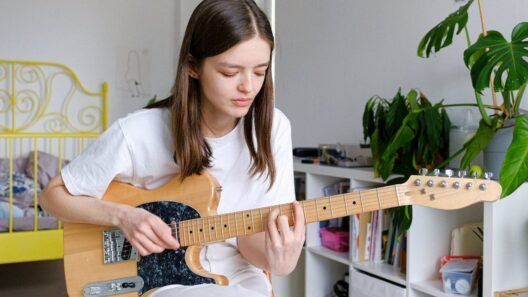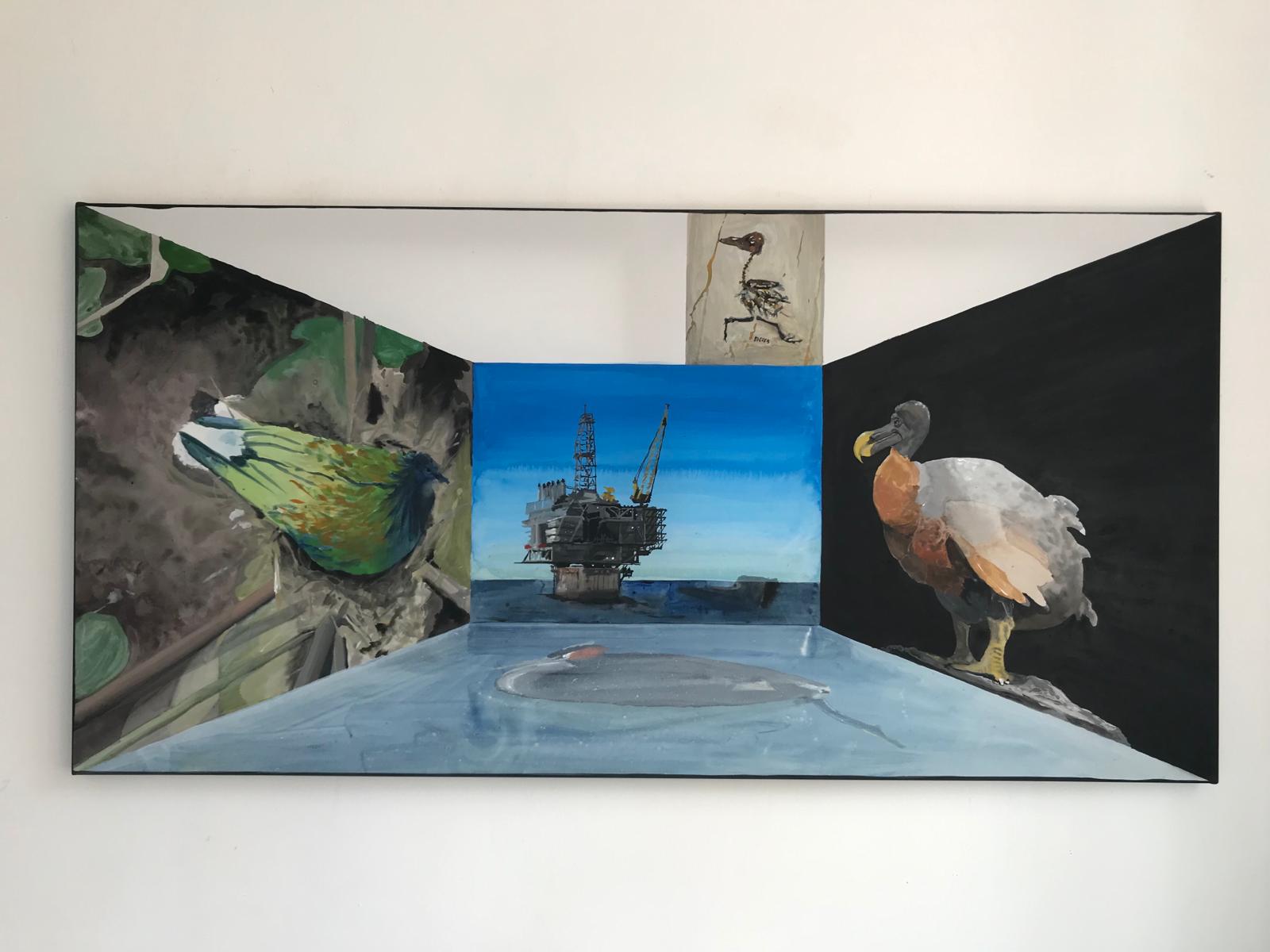South Parade is delighted to present a multigenerational group exhibition bringing together both contemporary and historical works: A separate place between the thought and felt is open 10th August – 28th September. This exhibition presents work from across the 20th and 21st centuries, with paintings by Andrew North, Motoko Ishibashi, a sculpture by esteemed Mexican artist Abraham Cruzvillegas, works by Tuulani Hlalo, Rosa Klerkx, Tom Hardwick-Allan, all new work by Judith Dean, Peter Brock, Katie Shannon, and rare works by 20th century artists Dorothy Mead and Gillian Lowndes.
A separate place takes its title from the first line of The Corridor, a poem by British-born, American, beat-poet Thom Gunn (1929–2004) in which a peeping tom watches a clandestine affair through a keyhole, becoming increasingly aware that he too is being sensed – even though he remains unseen. The Corridor becomes a location of existential awareness which, just moments before, had been featureless and bland.
The exhibition transforms the viewer into the voyeur, existing in places they aren’t supposed to be, bearing witness to affairs they aren’t supposed to see. Against the gallery’s clean, white walls, the wandering eye clings to work like BBT_3 by Motoko Ishibashi; the provocative painting depicts a pair of in-your-face cartoonishly large breasts. Not all the work in A separate place is so explicit, it also includes a delicate sculpture by radical post-war ceramicist Gillian Lowndes, and a rarely-seen gestural still life by 20th Century painter Dorothy Mead.
This group show combines artists who’ve worked across the past century, from across continents, with work that inspects our sense of belonging in a space. One of Mexico’s most celebrated artists and filmmakers, Abraham Cruzvillegas, conducts a very personal form of research largely influenced by his surroundings, friends and family, resulting in a constant process of learning. Cruzvillegas’ autoconstrucción series explores Mexico’s punk scene, originally displayed as a collection imitating a large string instrument.
Rosa Klerkx’s contemplative photographs amplify the discomfort and disquiet in neglected spaces, projecting an imagined narrative onto long unused dining tables and flooded office spaces. Judith Dean uses her non-dominant hand to relinquish control from her conscious mind. Combining disparate images in a boxed perspective within the canvas, Dean’s compositions are framed as a stage set, awaiting a performance.
Tom Hardwick-Allan carves and scratches away at birch plywood, guided by a principle of negation in this excavation, he attempts to dislodge an unknown image from the other side. Tulani Hlalo’s textiles continue her enquiry into the highly staged world of competitive dog grooming, raising questions about consent, expectation, and the representation of identity.
Peter Brock’s paintings call to mind glacial landscapes, alchemical processes, and bioluminescence. There are often multiple horizons, gesturing variously to the conclusion of the perceivable physical distance, and the edge of a digital screen.
Andrew North’s surfaces encompass themes of memory, time and place. Often overpainted, cropped, punctured or texturised, the pictures probe the foundations of easel painting. Terence McCormack’s photographs present traces of a former work, faded memories built upon each other, and Katie Shannon’s textiles speak towards friendship alliances and evoke states of energetic melancholia, seeking to counter ennui with collaboration, shared intimacy and unrest.
On the evening of 16th August, South Parade will also be host to New Work, an evening of readings by The Sugar Factory founder Isis O’Regan, and author Rachel Connelly, in the oratory-esque courtyard of Griffin House. Guest readers to be announced very soon.





